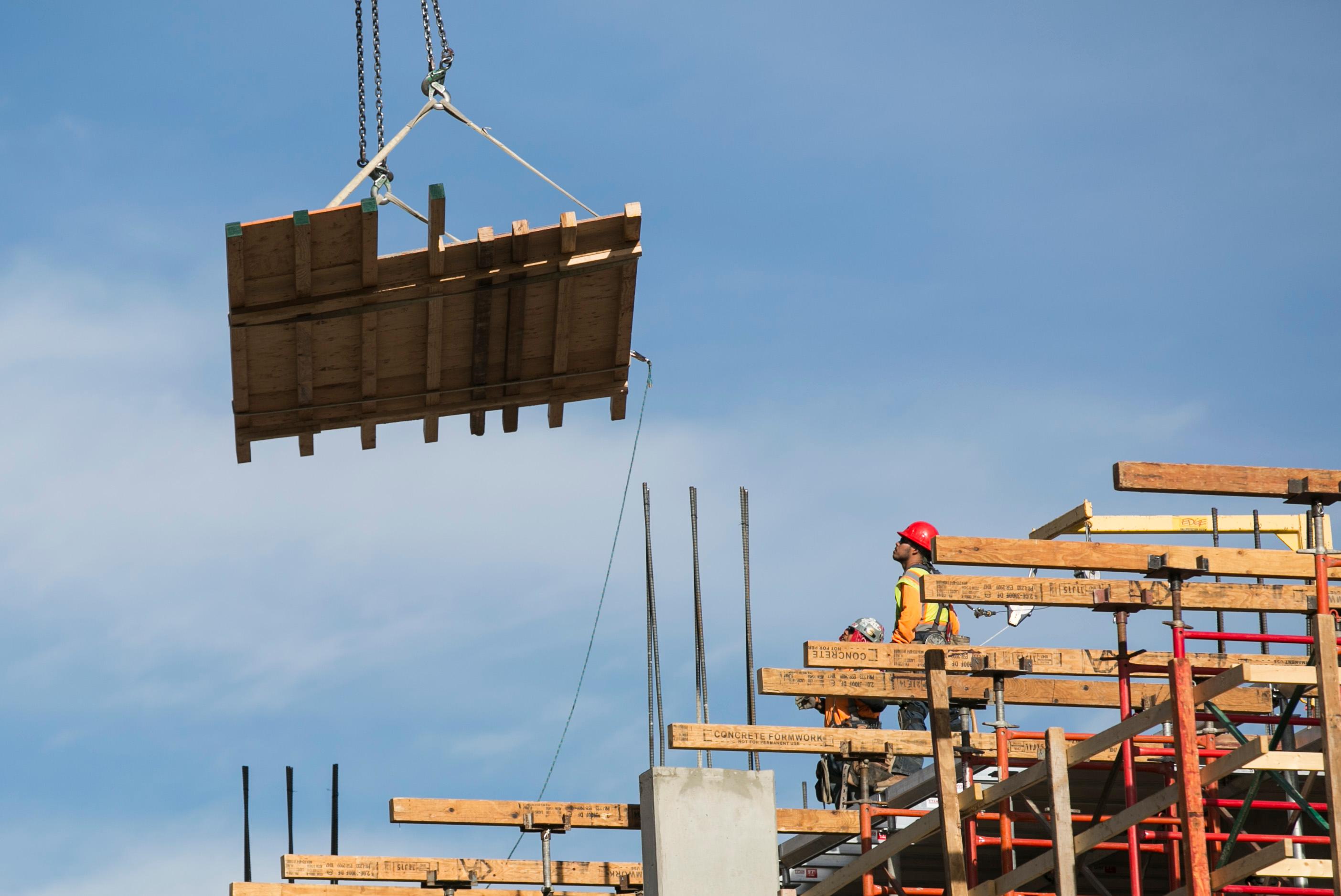

Colorado’s economy continued its upward climb in 2016, according to data released Thursday by the U.S. Census Bureau. Median household incomes went up, poverty rates went down and the number of people with health insurance increased.
The median household income for Colorado in 2016 is $65,685, up $1,176 from 2015. Colorado’s poverty rate is at 11 percent, down 0.5 percent, and the uninsured rate is 7.5 percent, down 0.6 percent.
The poverty rate is still 3 percentage points higher than it was at its low point in 2000, said Michelle Webster, the manager of research and policy analysis for the left-leaning Colorado Center on Law & Policy.
“Given how strong the Colorado economy has been the last couple of years, I was hoping we would have seen a larger drop in the poverty rates,” Webster said.
Poverty rates are measured by calculating how many people are living at or below 100 percent of the federal poverty level. But Webster’s organization measures poverty based on those living under 200 percent of the poverty level.
“The cost of living in Colorado has increased so much, particularly housing, that if you look at most places in the state you would really need 200 percent of the poverty level to make ends meet and not be struggling,” said Webster. “In 2015, 27 percent of the population were living at or below 200 percent of the federal poverty level.”
- The Centennial State's Energy Biz Is Feeling Optimistic
- Starved For Workers, Colorado Construction Is Plugging The Gap With An Academy
- Denver Construction Is A-Boomin’, But For How Long?
Colorado officially recovered from the recession about two years ago, said independent Colorado business economist Gary Horvath. The former managing director of the University of Colorado Boulder's Leeds School of Business said he is concerned that the state hasn’t seen a larger uptick in wages.
“[With] unemployment is as low as it is, you would think that wages would increase quicker than they have,” Horvath said.
Another issue experts point to is the large household income gap between whites and most other minority groups. Horvath said that gap will be very difficult to close without more resources and training programs for higher-paying jobs. Webster said it’s a problem that needs to be addressed on a systematic level.

“As a state and as a country we also need to pay attention to how structural racism has affected people of color and how it has sort of infused all of our policies,” Webster said.
Colorado’s economic picture continues to be brighter than the country as a whole. The median household income for Colorado is $6,646 higher than the national figure. The state’s poverty rate is 1.7 percent lower than the nation’s and its uninsured rate is 1.3 percent lower.
The trend is only set to continue. A big factor in next year’s data could be Colorado’s increase to minimum wage, Webster said. Though Horvath warned that how the federal government reacts to the tension in North Korea and Brexit could have an impact locally.
“There are always things happening at the national level that could affect us,” Horvath said. “But hopefully this is a sign that the economy is pretty strong.”
Editor's Note: An earlier version of this story noted that Colorado's previous lowest poverty rate was in 2008, the date should have been 2000. We regret the error.









